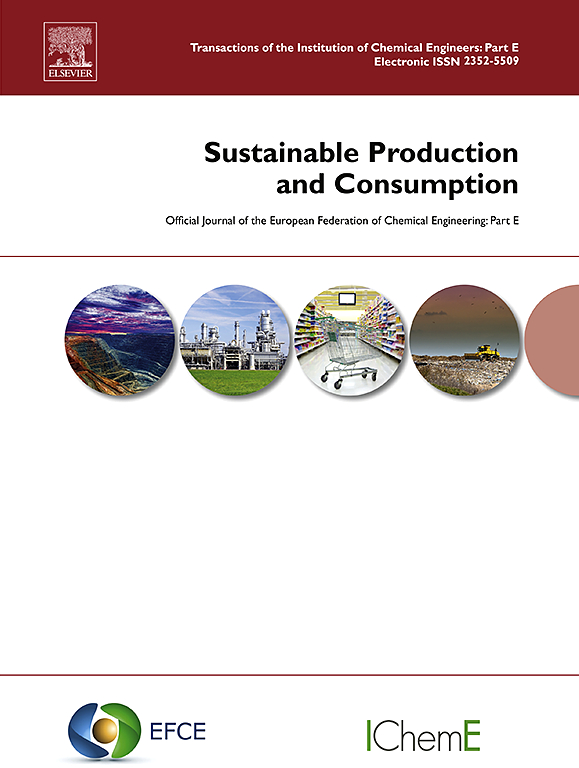建筑环境循环性评价指标和框架的系统文献综述
IF 9.6
1区 环境科学与生态学
Q1 ENVIRONMENTAL STUDIES
引用次数: 0
摘要
近年来,为支持向循环经济(CE)的过渡,已经制定了广泛的建筑环境循环评估指标和框架。然而,很少有研究系统地回顾了现有的建筑尺度以外的循环度评价方法,对非定量评价方法的分析也比较有限。因此,本文对66项研究进行了系统的文献综述,确定并分析了现有的建筑环境循环度评估指标和框架,涵盖了建筑、社区和城市(以及其他)尺度,为未来的研究提供了一个全面的概述。该分析确定了148个定量指标、160个半定量指标和152个定性指标,这些指标根据其在循环性评估中的应用进行了分类,可以单独使用,也可以作为框架中指标集的一部分。结果表明:现有指标涵盖了圆度的5个关键维度;然而,这些方面之间的相互关系仍然不清楚,很少得到解决。大多数指标应用于建筑层面,而更大的空间尺度仍然不太发达。这些调查结果突出表明,由于现有指标数量众多且支离破碎,目前的状况非常复杂。在此基础上,提出了完善循环评价方法、完善决策支持机制、向标准化方向发展的研究方向。通过综合当前的知识和确定关键的研究需求,本研究可以作为标准化循环性评估的起点,从而支持在建筑环境中采用CE原则。本文章由计算机程序翻译,如有差异,请以英文原文为准。
A systematic literature review on circularity assessment indicators and frameworks in the built environment
A wide range of circularity assessment indicators and frameworks for the built environment have been developed in recent years to support the transition to a circular economy (CE). However, few studies have systematically reviewed the available circularity assessment methods beyond the building scale, and there is limited analysis of non-quantitative assessment methods. Therefore, this systematic literature review of 66 studies identifies and analyzes existing circularity assessment indicators and frameworks for the built environment across building, neighborhood, and city (and beyond) scales, providing a comprehensive overview of the state of the art and key directions for future research. The analysis identifies 148 quantitative, 160 semi-quantitative, and 152 qualitative indicators, which are categorized based on their application in circularity assessment, either individually or as part of indicator sets in frameworks. The results show that existing indicators cover five key dimensions of circularity; however, the interrelationships between these dimensions remain unclear and are rarely addressed. Most indicators are applied at the building level, while larger spatial scales remain less developed. These findings highlight the complexity of the current state of the art, driven by the extensive number and fragmentation of existing indicators. Based on this, this review recommends future research directions to enhance circularity assessment methodologies, with an emphasis on refining existing methods, improving decision-support mechanisms, and moving toward standardization. By synthesizing current knowledge and identifying critical research needs, this study serves as a starting point toward standardizing circularity assessment and thus supporting the adoption of CE principles in the built environment.
求助全文
通过发布文献求助,成功后即可免费获取论文全文。
去求助
来源期刊

Sustainable Production and Consumption
Environmental Science-Environmental Engineering
CiteScore
17.40
自引率
7.40%
发文量
389
审稿时长
13 days
期刊介绍:
Sustainable production and consumption refers to the production and utilization of goods and services in a way that benefits society, is economically viable, and has minimal environmental impact throughout its entire lifespan. Our journal is dedicated to publishing top-notch interdisciplinary research and practical studies in this emerging field. We take a distinctive approach by examining the interplay between technology, consumption patterns, and policy to identify sustainable solutions for both production and consumption systems.
 求助内容:
求助内容: 应助结果提醒方式:
应助结果提醒方式:


